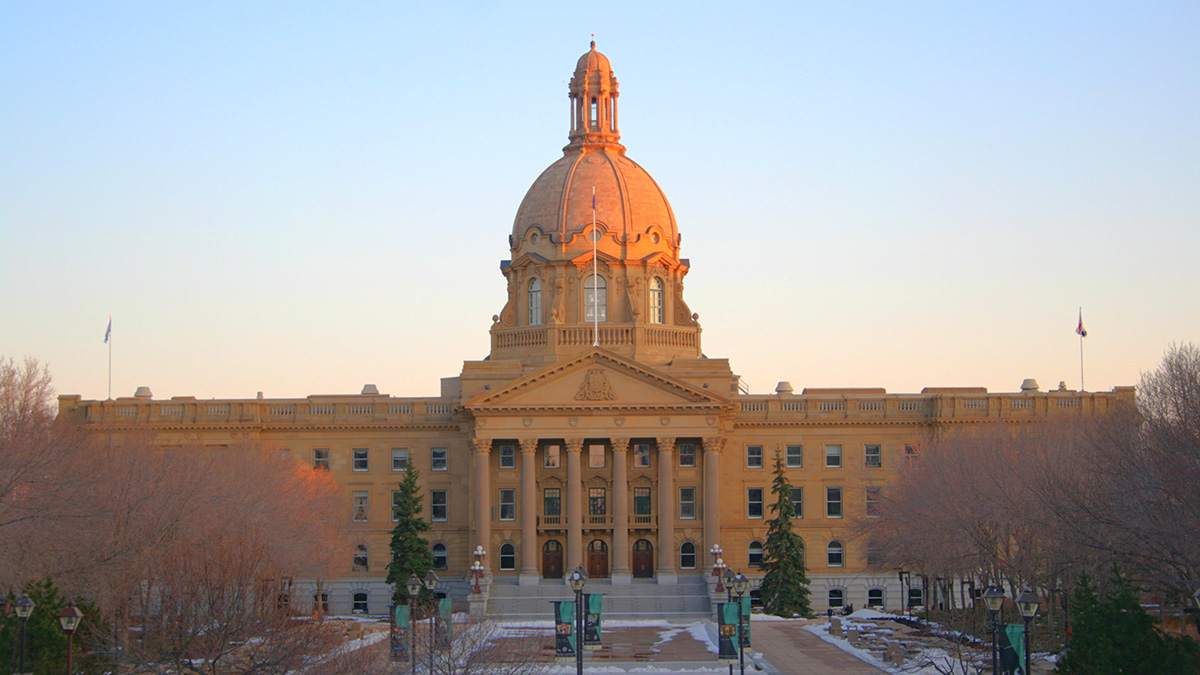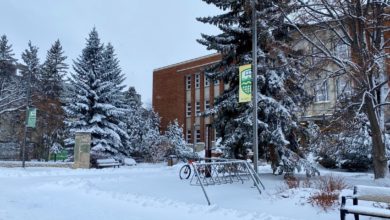Curbing the cash cops: Reducing photo radar sites to restore trust
Public trust is the hidden cost of speed cameras. Getting rid of them is the key to reclaiming our idea of road safety.
 Nabeel Syed
Nabeel SyedIn a recent effort to restore public trust, Alberta is reducing photo radar sites, arguing that radar sites will no longer be used as a “cash cow.” The government will reduce photo radar sites to school, playground, and construction zones. Reducing these sites is a step in the right direction to foster trust between the government and the public.
Deploying radar sites in low risk areas undermines public trust. It becomes clear that their purpose is revenue generation, rather than safety. This reduces compliance and support of the government. I think I can speak on behalf of most drivers when I say that I loathe the excessive amount of these sites in Edmonton, and around Alberta. It seems like more are popping up every day. Reducing the sites to high-risk areas is fair, and it would make the sights more useful. Authorities could use photo radar sites to highlight areas where drivers need to be more cautious, like school zones, while regular roads carry less risk.
Low-risk areas covered in photo radar sites are known as “fishing holes.” These sites engulf Alberta. Roads like the Anthony Henday Drive have low accident rates but high ticket issuance. These spots serve purely as revenue for the government.
Critics worry that taking away these sites could compromise the safety of our roads. Moreover, it could put a strain on municipal budgets. Focusing on the former, the safety of the roads should stay roughly the same, Canada has not done a lot of studies on the issue. However, places like the United States (U.S.) follow similar road networks and conditions. Studies done on photo radar sites have proved that overall, they don’t add much benefit to road safety.
That’s not to say they serve no purpose — authorities should heavily monitor high-risk areas to encourage lawful, cautious driving, and protect school zones, playgrounds, and construction sites. By reducing sites to these areas, the government can show that it is putting the needs of the people first, rather than just telling us it is.
Another worry is the strain on the municipal budget, as a result of lost revenue. Photo radar sites provide millions each year to the government. So, there is no doubt that reducing them could put a strain on the budget. Municipalities incorporate revenue from photo radar sites into their annual budgets. With a reduced revenue, the government will have to find alternate sources of funding. However, the government needs to prioritize public trust over revenue. Removing these sites will boost public confidence, and that benefit outweighs the financial cost.
It is also worth noting that photo radar sites are not free. There are operating costs, construction, maintenance, legal review, and third-party operators that all require a significant amount of money from the government. Removing sites will eliminate a large amount of expenditure. Although this may not entirely balance out, the trust of the people is worth the money.
Reducing photo radar sites to high-risk areas is a necessary step in fostering trust between the government and the people. These systems are supposed to maintain safety in our streets, instead they serve only to produce revenue for the government, undermining the legitimacy of traffic law. By prioritizing the people over profit, the people can finally begin to trust the government with our roads.




